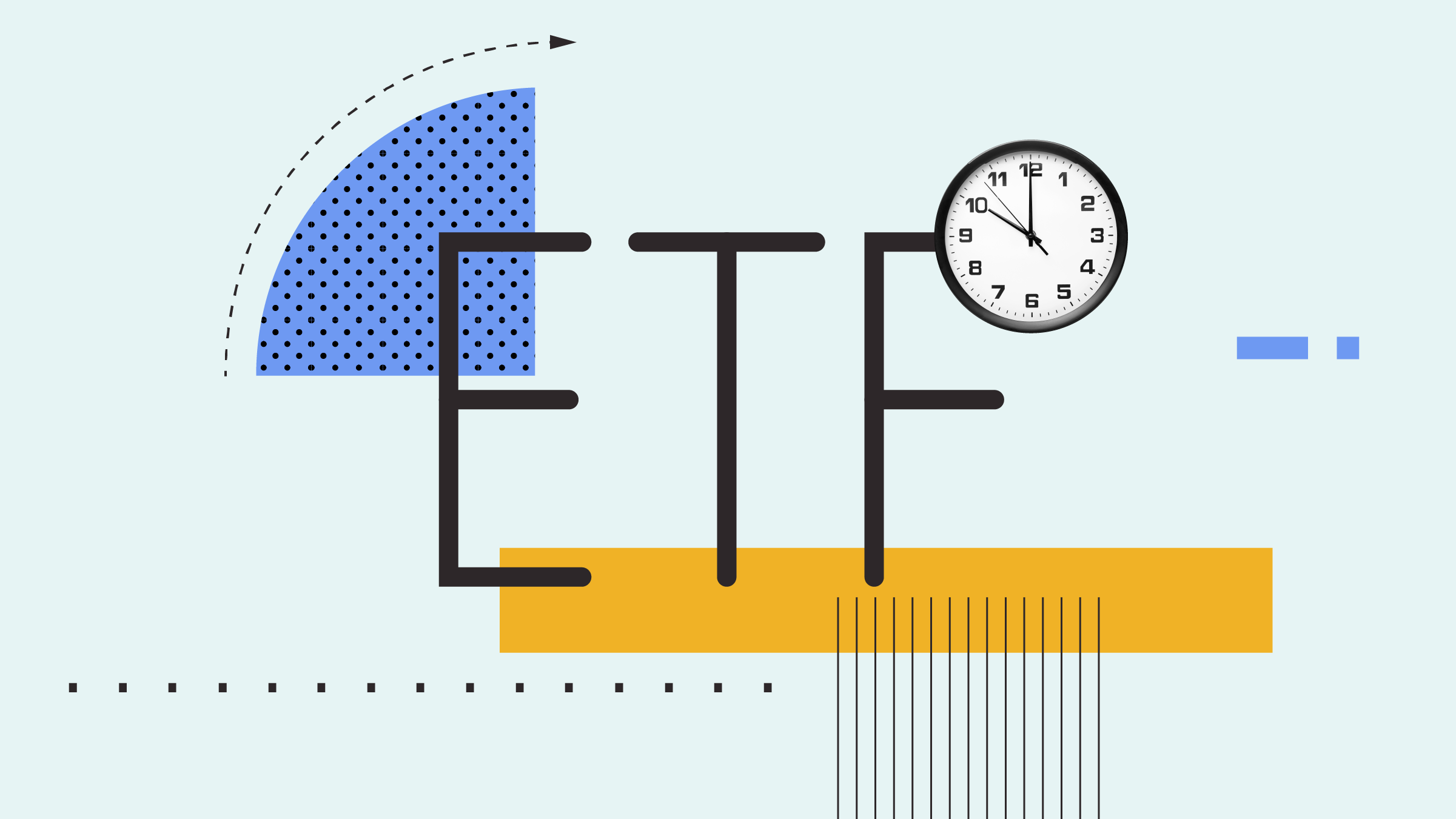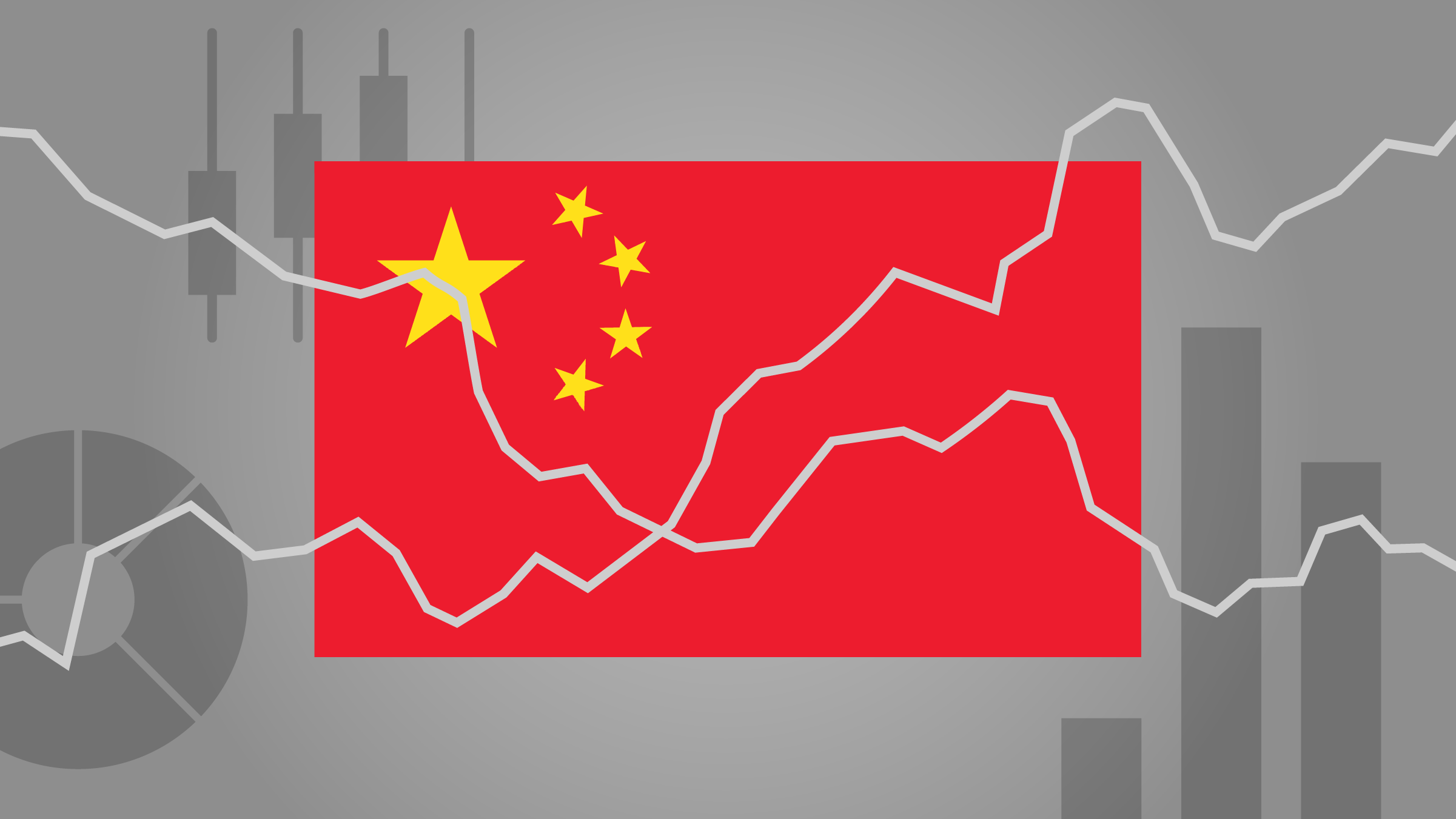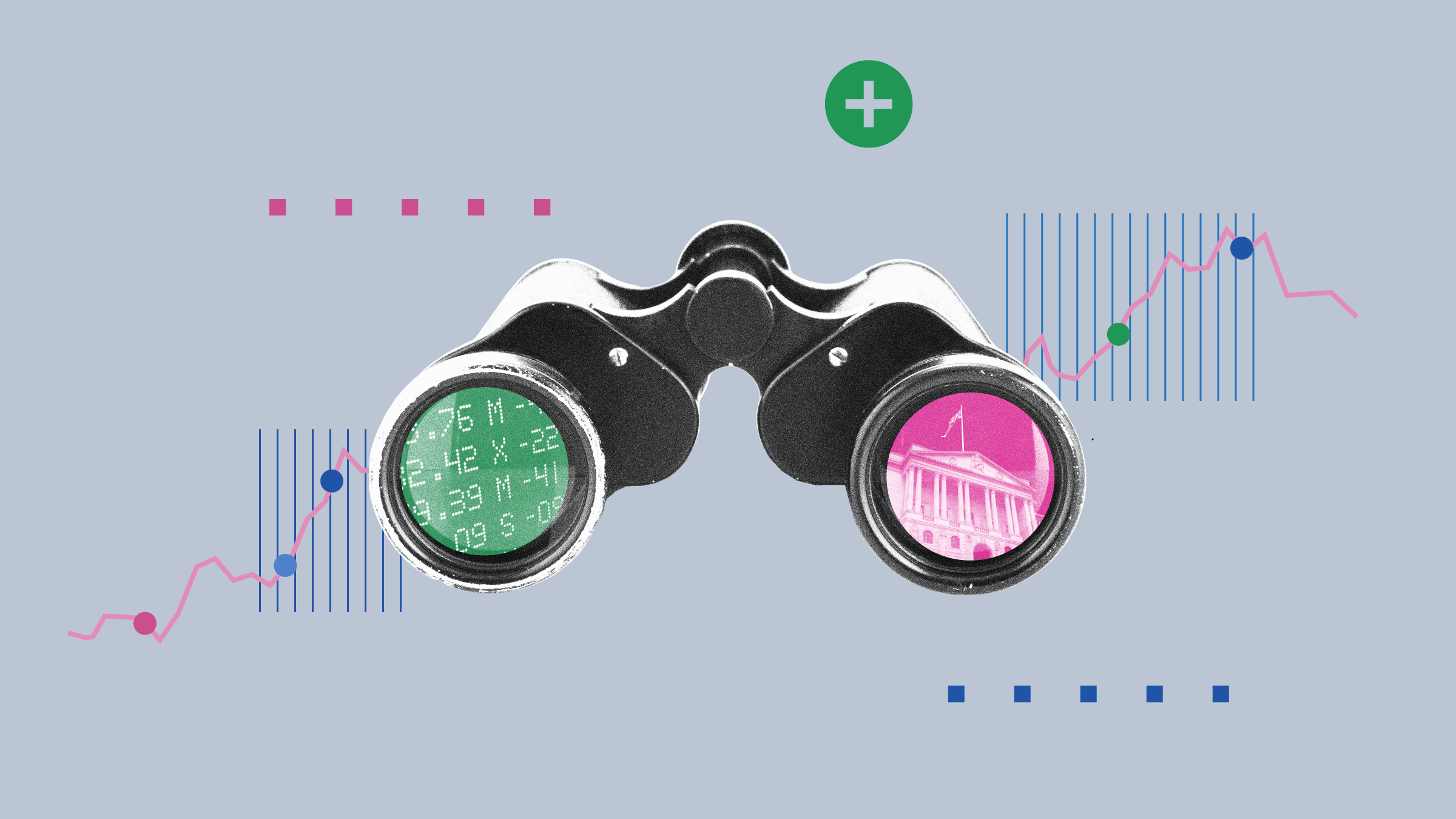TRANSCRIPT
Hello and welcome to Morningstar’s Guide to Investing, in this the second video in the series, we explain how to get started on your investment journey.
Before investing it is important to identify your goals. The length of your investment horizon will help determine the sorts of investments you should hold in your portfolio. Are you investing to acquire a specific sum in a short amount of time? For say, a deposit for a house? This means you should hold lower risk assets and prioritise capital preservation. Fixed income instruments such as bonds should make-up a sizable proportion of this sort of portfolio.
If you are investing for a much longer-term goal such as a pension you can afford to invest in riskier assets which may fluctuate in value, but over the long term will offer greater rewards such as equities.
You can build an investment portfolio using a blend of individual equities, bonds and funds. A fund is an investment vehicle that allows a large number of people to pool their money together in order to invest in a range of different securities such as stocks, bonds, commodities or property.
The most accessible way to invest is to set-up a regular payment plan using an online investment platform. First prioritise paying down high-cost debt such as credit cards, and after that calculate how much money can you afford to spare a month. Is it £50? £100? Perhaps £150?
A regular payment plan buys a certain number of stocks, bonds, or units within a fund each month.
As share prices and unit prices fluctuate your £50 buys a greater or fewer number of shares or units. This method of investing particularly suits volatile assets, as when prices fall you can buy more units which then grow in value over time – increasing the value of your portfolio.
Click here to watch part one of Morningstar's Guide to Investing 'Why You Can't Afford Not to Invest'





























